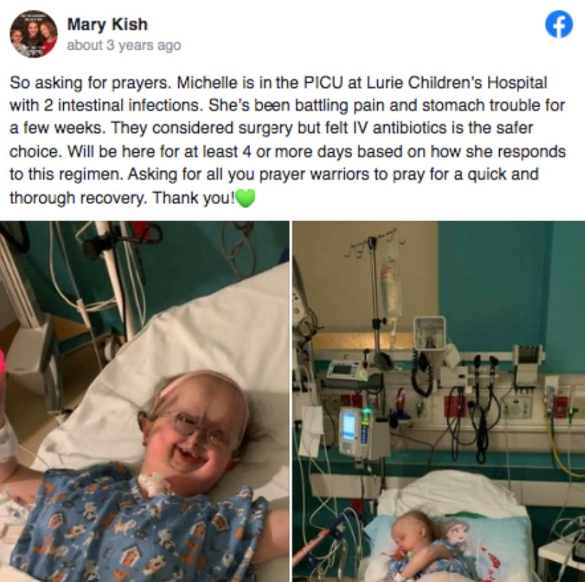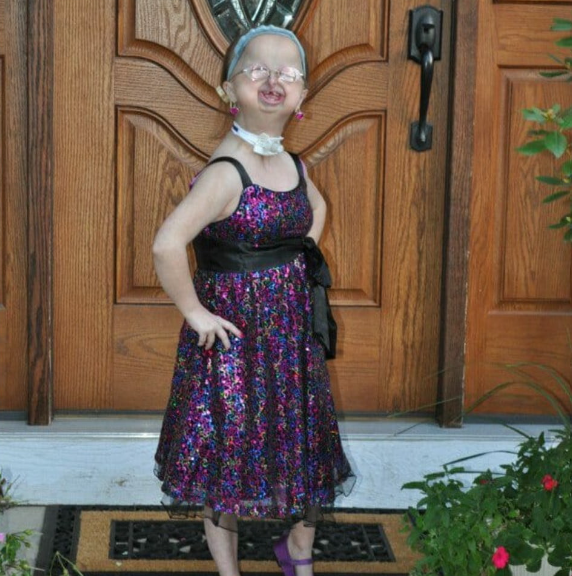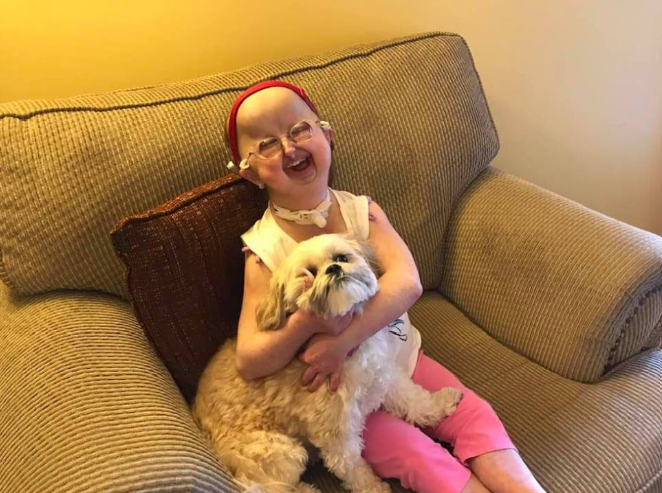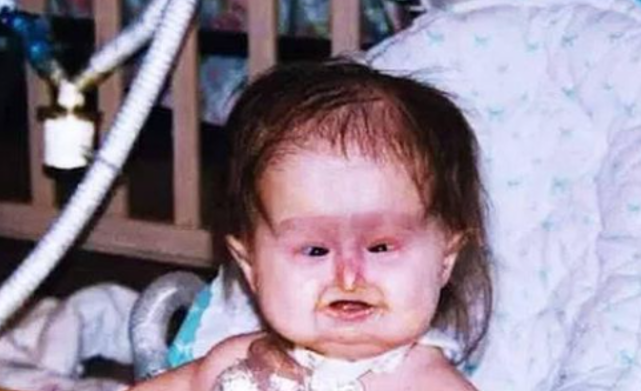The physique of 99-63-91 and a height of 1.68m are said to possess distinctively fertile and youthful characteristics. However, it is crucial to recognize that a woman’s fertility is influenced by a multitude of factors, with her body type playing only a minor role.
While obesity has been associated with fertility issues, miscarriages, and pregnancy complications, it’s essential to acknowledge that infertility problems can affect individuals of any body size.

Mary experienced a smooth pregnancy and delivery, with no apparent issues during the birth of her baby girl, Michelle. However, upon opening her eyes, doctors sensed something was amiss.
After consulting medical books and a geneticist from another hospital, they identified Michelle’s condition.
Michelle, with her innocent face, balding head, and a nose resembling a small beak, was diagnosed with Hallermann-Streiff syndrome—a rare genetic disease with only 250 documented cases worldwide.

The medical staff at Children’s Memorial Hospital had never encountered it before.
The news of Michelle’s diagnosis weighed heavily on her parents. Michelle’s mother expressed her concerns about caring for a child with a one-in-five-million rare genetic disease.
Michelle exhibits 26 of the 28 symptoms associated with Hallermann-Streiff syndrome.

Despite being only two years younger than her sister, her dwarfism and the effects of the syndrome limit her height to just above her waist.
Challenged as she may be, Michelle is a remarkable and unique young woman.

She aspires to date, emulate her older sister, and pursue a career as a doctor. Despite being shorter than most, she embraces her height and only wishes for longer hair.
Let’s spread awareness and support for Michelle by sharing her story. Wishing her all the best in her journey!
